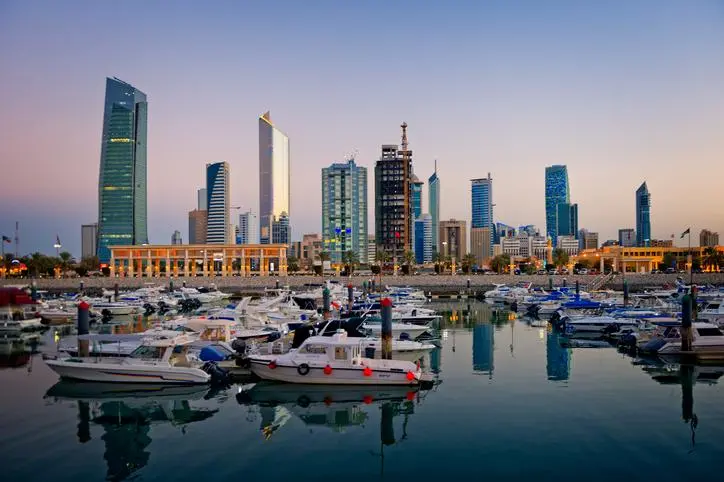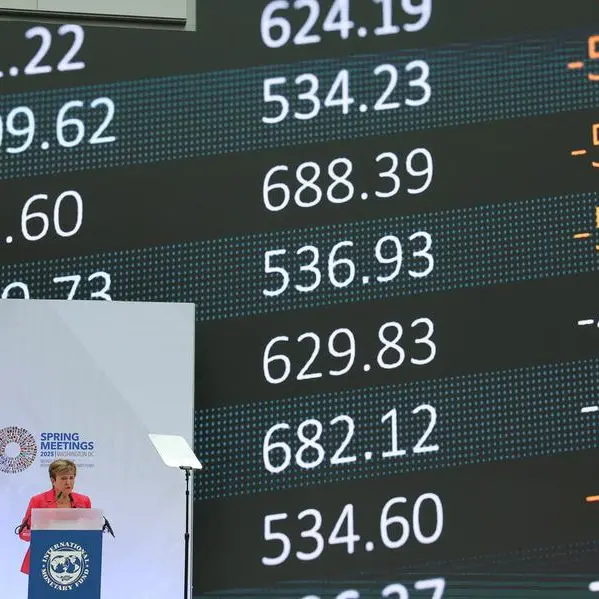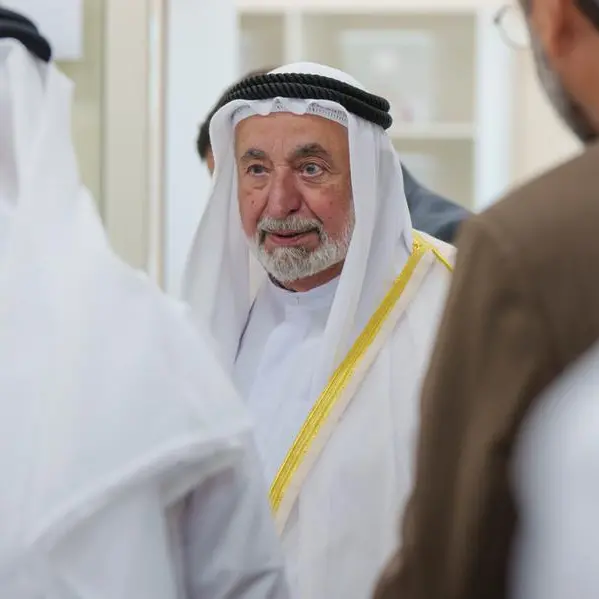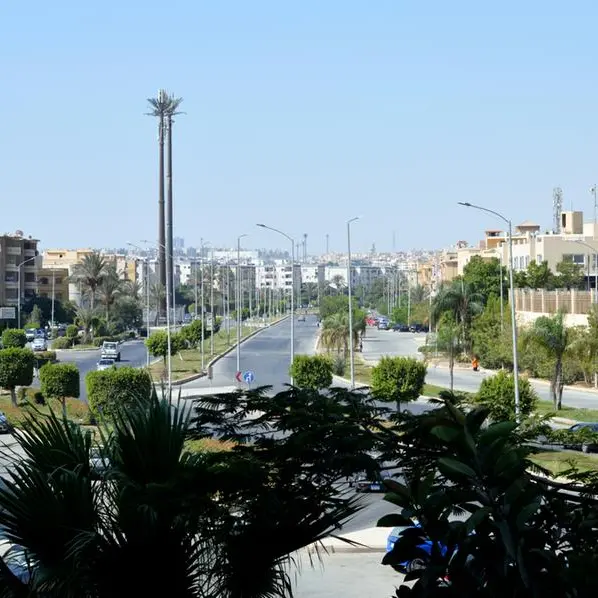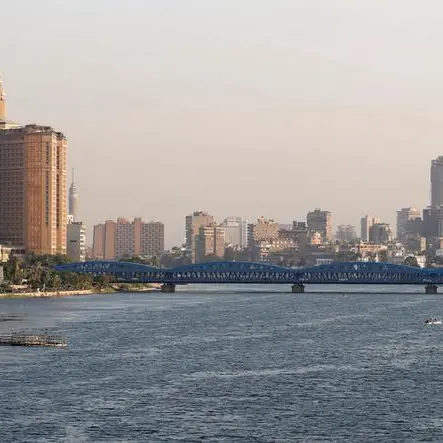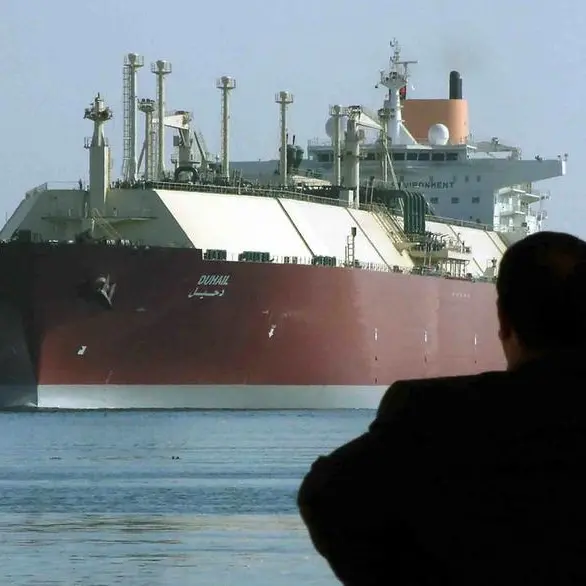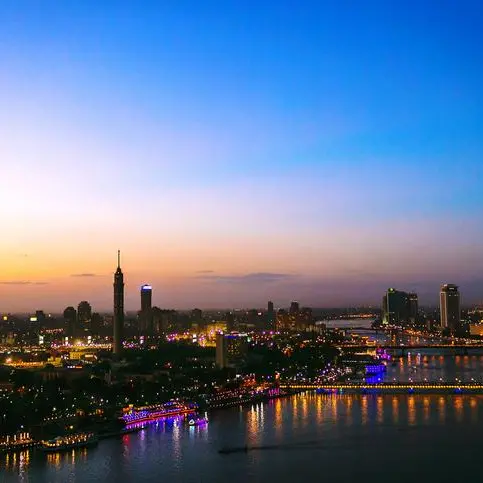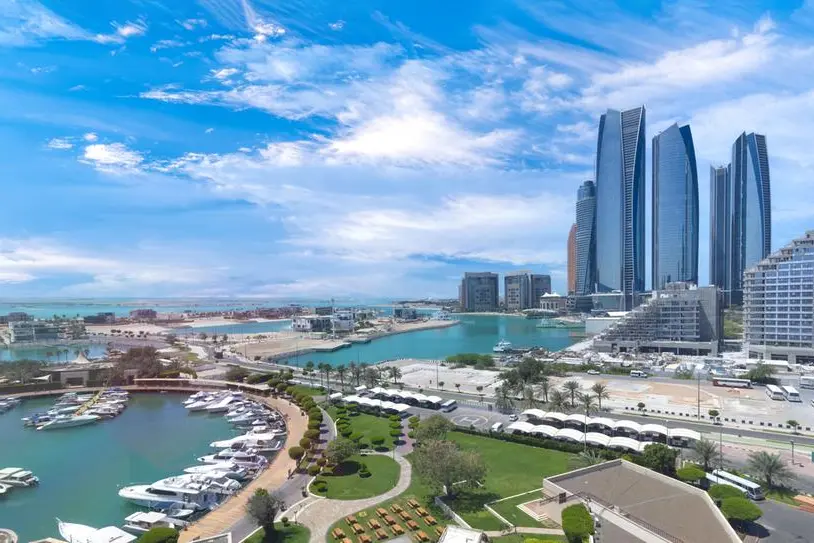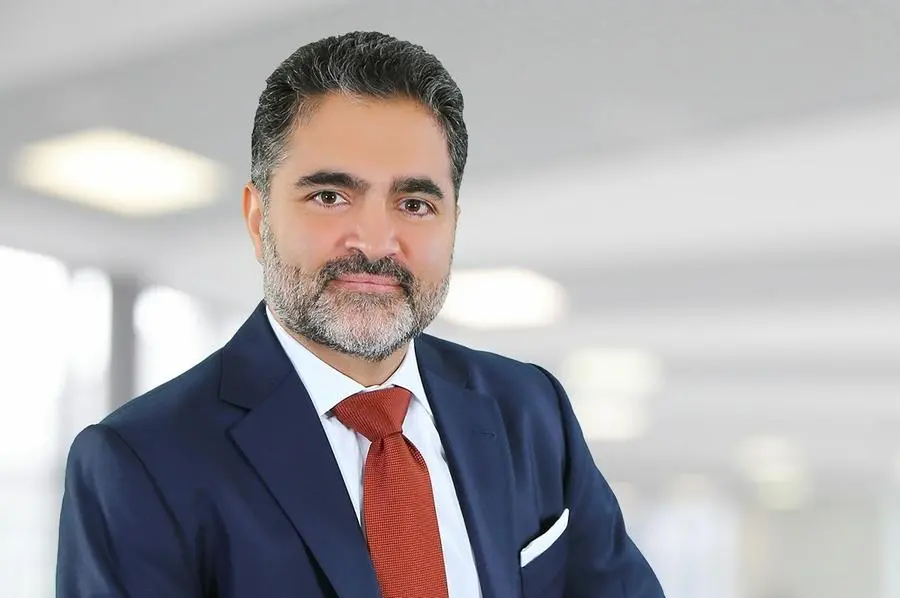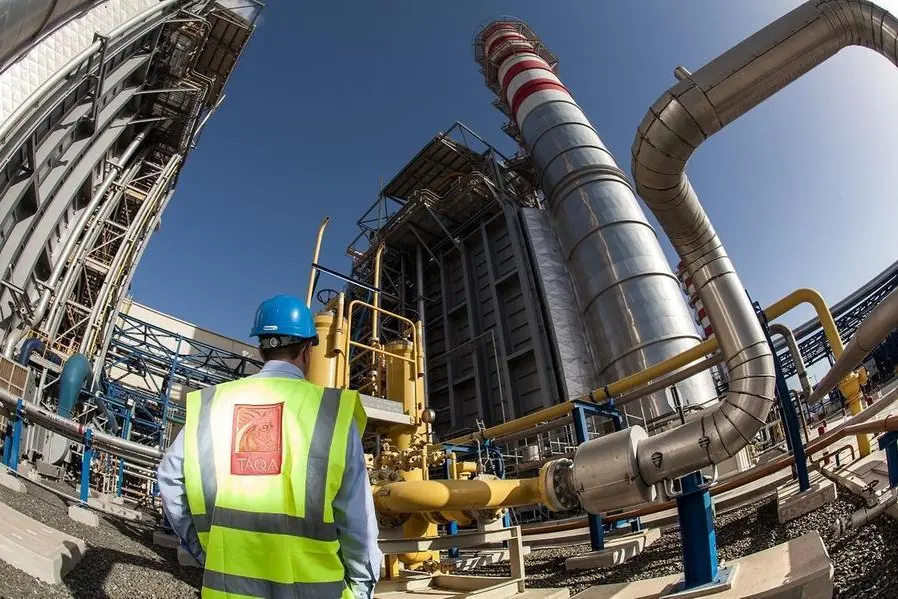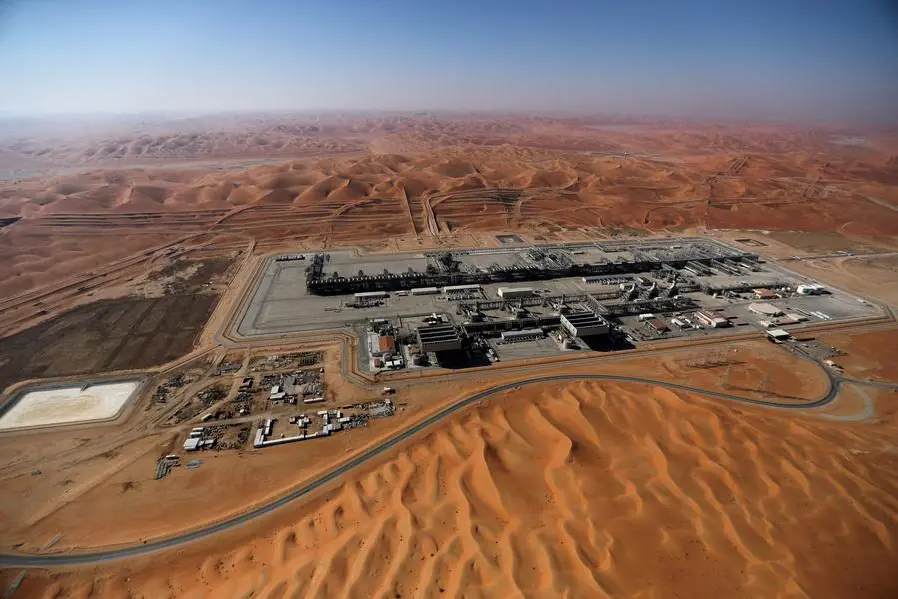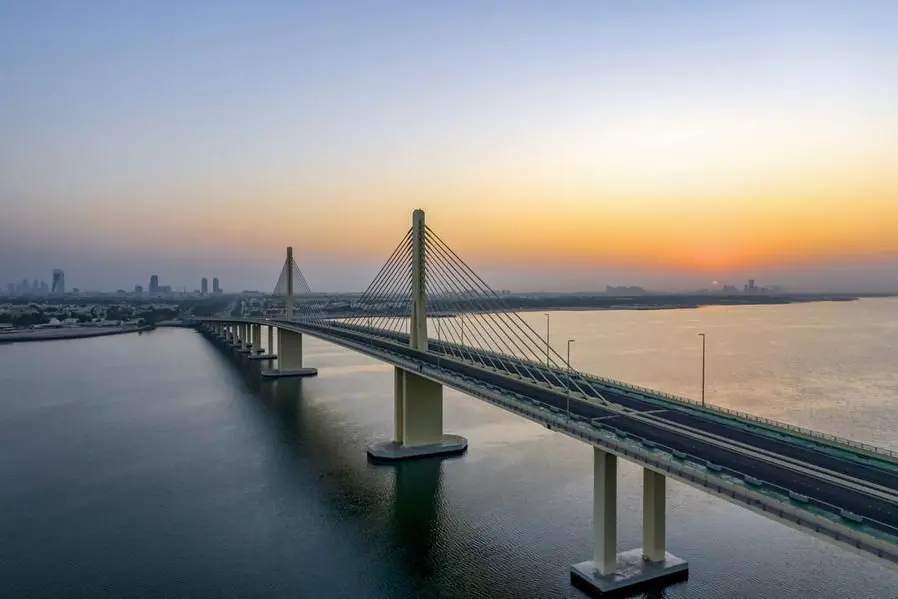PHOTO
Kuwait’s economy returned to growth in 2018, with higher input from the non-oil sector and increased government investment combining to drive expansion, while reforms to the capital markets and banking sectors should attract further inflows moving forward.
In its World Economic Outlook report released in October, the IMF forecast Kuwait’s GDP would expand by 2.3% in 2018, a significant turnaround from the 3.3% contraction experienced in the preceding year.
The gains were driven by non-oil GDP, which increased by 2.9% year-on-year (y-o-y) over the first three quarters of 2018, according to data released by the Central Statistical Bureau (CSB). Of this, expansion was seen in non-financial services (2.9%), education (2.3%), and wholesale and retail trade (0.8%), among other sectors.
An improved consumer sentiment, combined with rising demand and investment, will see the non-oil component of the economy increase by 3% in 2019, according to estimates issued in early January by the National Bank of Kuwait (NBK).
Oil sector stabilises amid fluctuating prices
The forecast growth of 2018 has also been supported by a stabilisation of the oil sector, the country’s largest contributor to the economy.
Although CSB data showed that oil GDP eased by 0.9% y-o-y to KD16.9bn ($55.7bn) over the first nine months of 2018, the figure represents an improvement on the 5.7% contraction experienced by the sector over 2017 as a whole.
This improved performance, combined with strong non-oil growth, has led the IMF to forecast overall GDP growth of 4.1% in 2019.
However, fluctuations in the price of oil – which rose from year-opening levels of $65 per barrel to highs of $86 in early October, before falling to as low as $50 in late December – along with an expected drop in production from OPEC countries, could affect growth moving forward. For example, the NBK’s yearly outlook, released in early January, predicts GDP to expand by a more moderate 2.2% in 2019.
Despite having one of the region’s lowest break-even points for crude pricing, recorded at $48 per barrel in the 2018 budget, these fourth-quarter pricing retreats and the cut in output from 2.8m barrels per day (bpd) to 2.76m bpd as of October could place pressure on economic expansion.
To further insulate itself against market fluctuations, Kuwait is moving to shore up its position as a leading energy producer and provide itself with a buffer against price fluctuations through capacity expansion of its premium grade oils.
The Kuwait Oil Company announced in December that it aims to boost production of light crude from present levels of 180,000 bpd to 250,000 bpd by 2021 and 300,000 bpd by 2023.
Infrastructure projects move ahead in 2018
Another key theme for Kuwait’s economy in 2018 was infrastructure development, both through direct state investment and by the greater utilisation of public-private partnerships.
Though allocations under the 2018/19 budget remained capped at KD20bn ($66bn), there was a shift in spending emphasis, with more funds directed towards infrastructure development. Under the budget, approved at the end of January and which came into effect on April 1, 18% of all spending was allocated for capital works.
Major infrastructure developments in 2018 included the expansion of Kuwait International Airport, which saw the addition of a new terminal capable of handling 4m passengers annually, significant progress on the Sheikh Jaber Causeway Project, and the completion of major power and water processing projects.
Market, banking reforms open up investment doors
To further support efforts to diversify the economy away from a dependence on hydrocarbons, the government has also sought to encourage foreign investment in a number of sectors.
In mid-December the Ministry of Commerce and Industry announced changes that allow for foreign ownership of domestic bank shares.
Under the reform, foreign investors will be able to acquire up to 5% of the capital of a Kuwaiti bank, with stakeholders looking to increase participation above this threshold to require authorisation from the Central Bank of Kuwait. The ceiling on overall foreign ownership in any single lender has been set at 49%.
The move to open up the banking industry was the latest in a series of measures aimed at encouraging investment in the financial sector, including reclassifying of Boursa Kuwait’s indices into three groupings – Premier, Main and Auction – in April.
Designed to encourage companies to improve liquidity and transparency, the new segmentation will see all listings classified by market capitalisation to better reflect their performance.
The reforms come as Boursa Kuwait gains a greater standing internationally, with S&P Dow Jones Indices announcing that it will add the exchange to its Global Benchmark Indices with an emerging market classification in September, a move expected to boost inbound investment.
The inclusion on the index was in recognition of recent reforms, including the improvement of trade clearing and settlement cycles.
Meanwhile, on September 24 some 12 listed Kuwaiti companies were included on the FTSE Russell Emerging Markets Index, an upgrade from its previous position on the Frontier Markets Index, a move first announced in March and forecast to attract up to $1bn of capital inflows.
While prospects for the exchange remain positive, lower oil prices and regional instability weighed on the market in 2018, with its main index trading at around 5300 points in late December, down from the year-opening levels of 6408.
© Oxford Business Group 2019